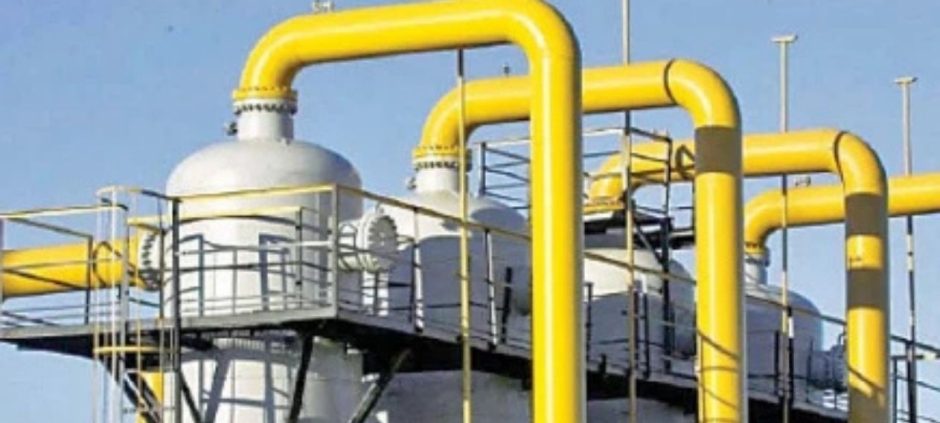The government is finalizing important reforms in the gas sector to address a massive circular debt of Rs. 2.6 trillion. These reforms aim to reduce debt and improve the sector’s financial health.
A key part of the reforms is cutting down LNG cargo imports by two shipments per month. This move is designed to control costs and reduce the burden on the energy system. The reforms also respond to the International Monetary Fund’s demand to bring circular debt to zero.
On August 8, 2025, a high-level meeting was held in Rawalpindi to review progress. The meeting was led by the Minister for Petroleum and included senior officials such as the Advisor to the Prime Minister on Privatization, Lt-General Zafar Iqbal, and representatives from OGRA and the Petroleum Ministry.
The discussion focused on balancing LNG demand, reducing circular debt, tariff rationalization, and increasing revenue efficiency. The Secretary Power stressed the need for better coordination between the Power and Petroleum Divisions. He noted that RLNG-based power plants cannot be designated “must-run,” which affects power generation planning.
To address this, the committee suggested creating a technical coordination group to optimize RLNG usage and demand. Financial estimates showed that increased RLNG consumption could add costs ranging from Rs. 41 billion to Rs. 88 billion yearly, depending on tariff changes.
The Advisor to the Prime Minister, Muhammad Ali, updated officials on the Gas Circular Debt Management Plan (CDMP), created with KPMG. The plan includes savings from LNG cargo diversions, dividends from state enterprises, and waivers on late payment fees. The government will finalize and present the plan next week.
These gas sector reforms aim to stabilize the industry and reduce financial strain. The government is committed to implementing them for a sustainable energy future.
In other related news also read OGRA Announces Significant Revisions in Gas Tariffs











